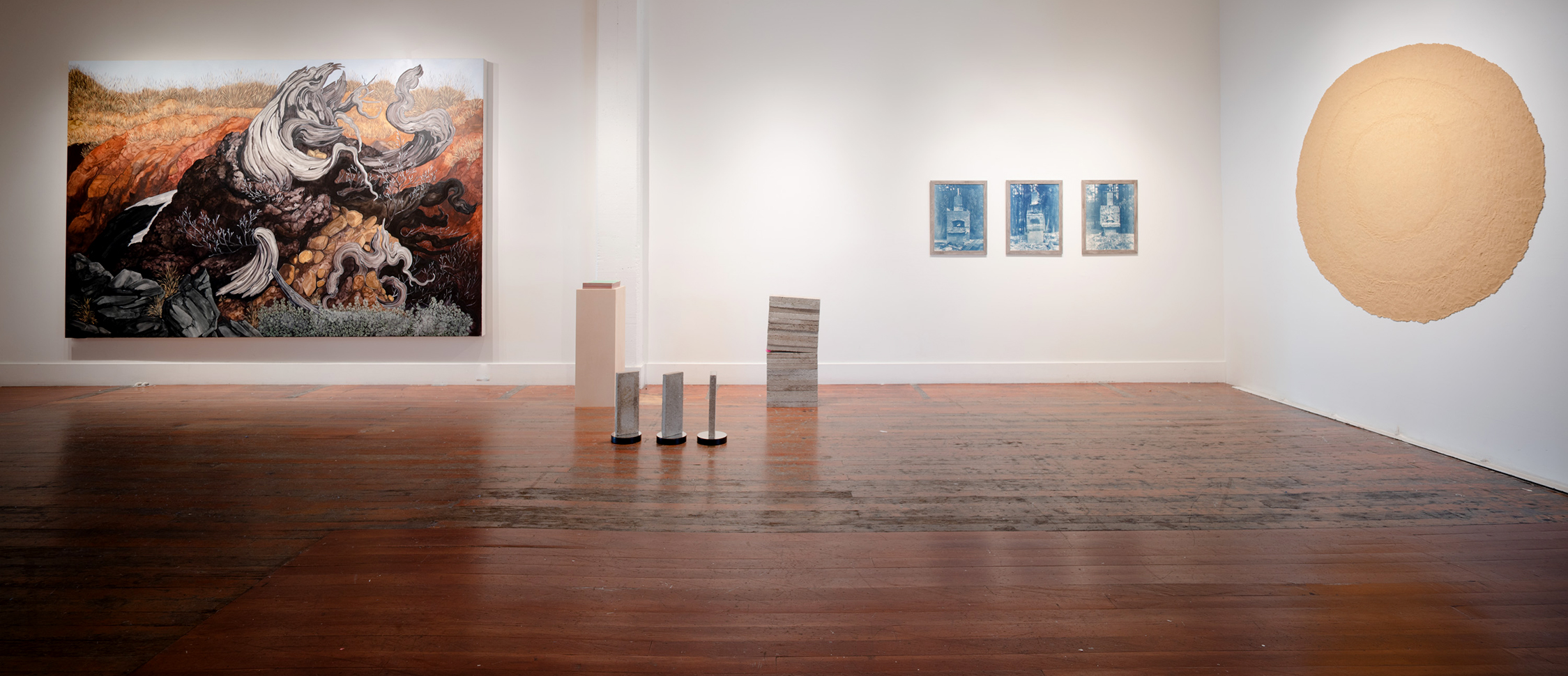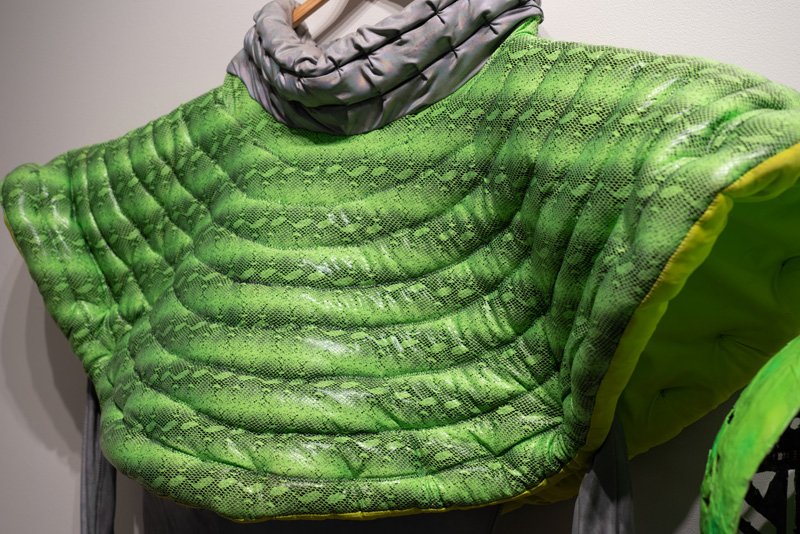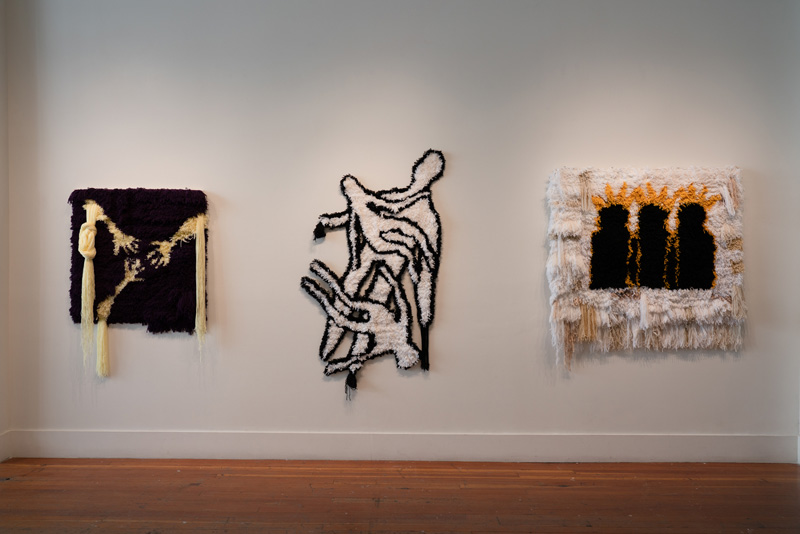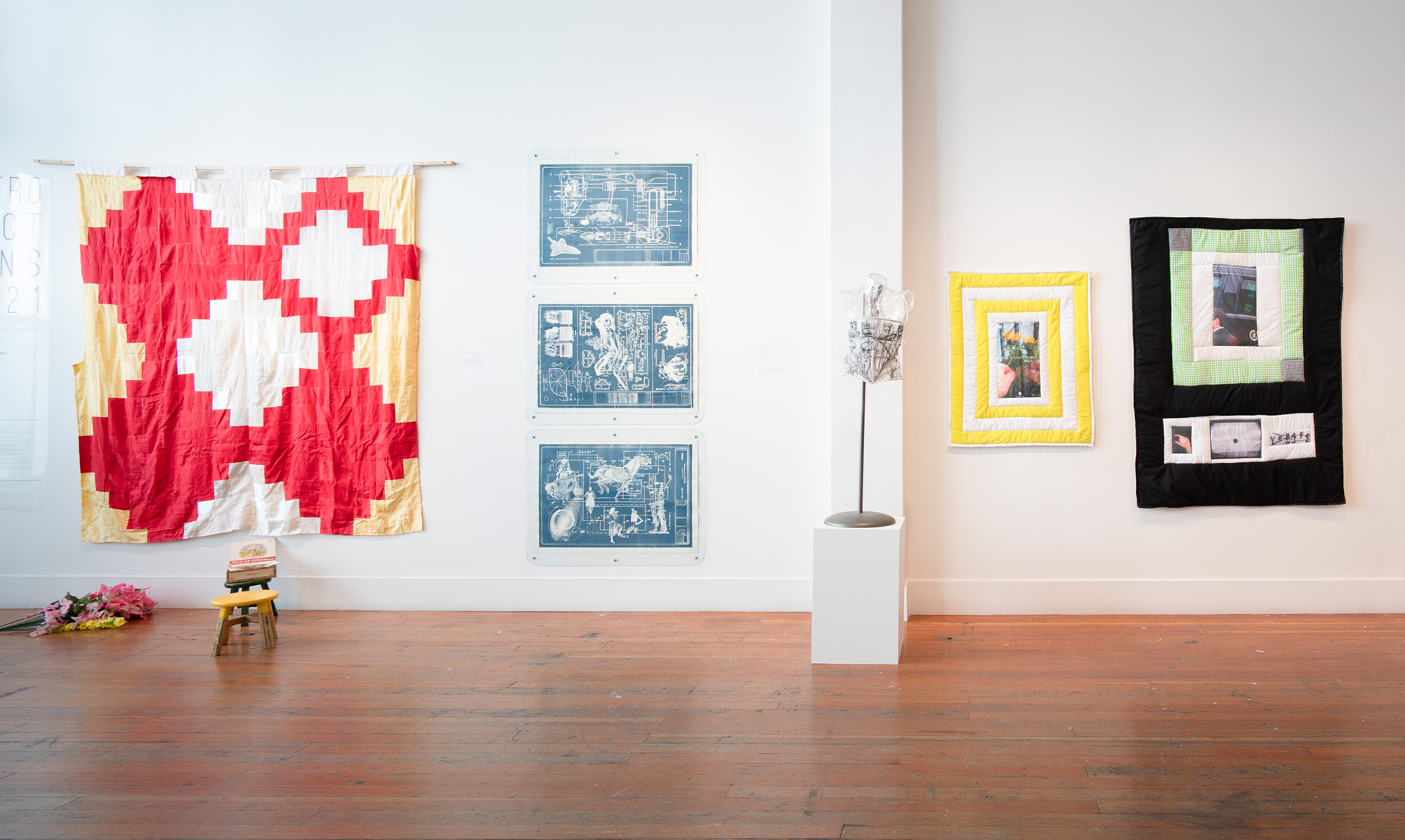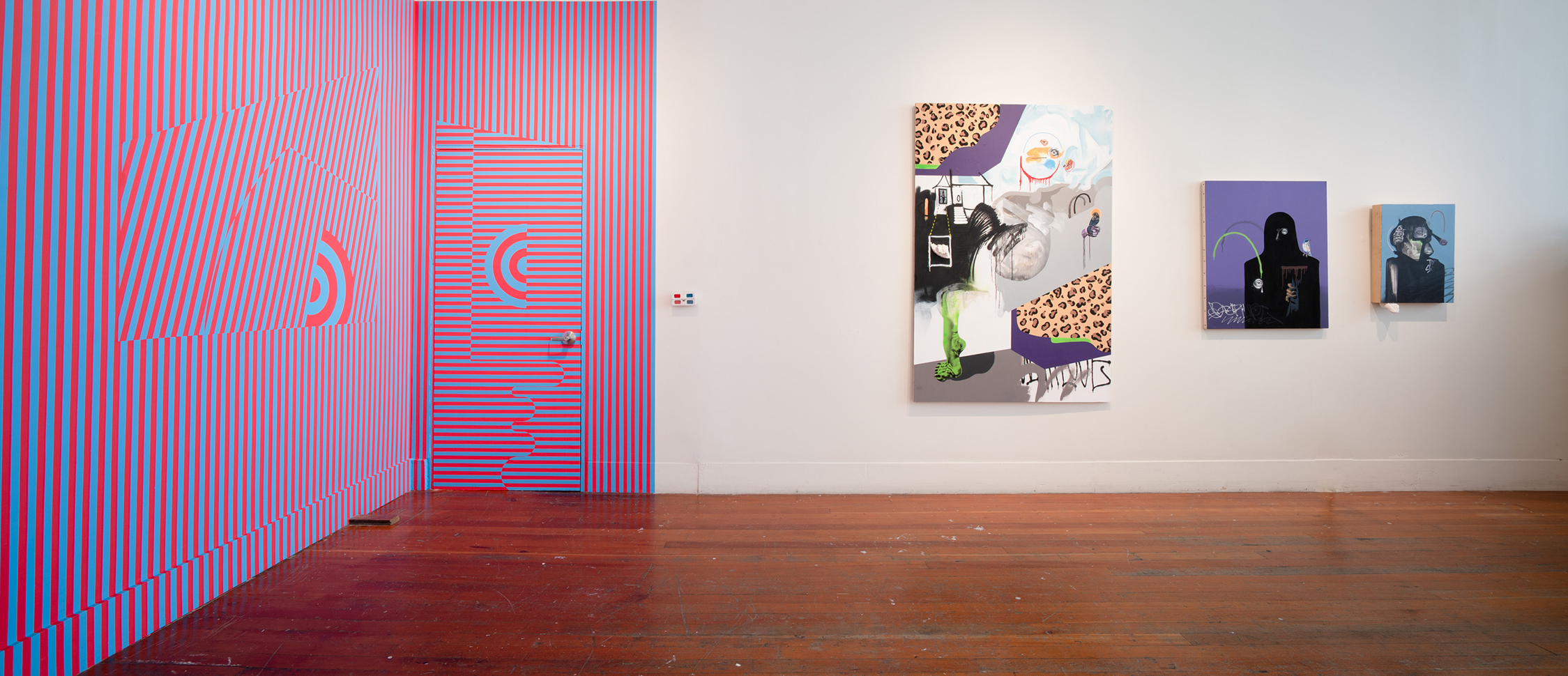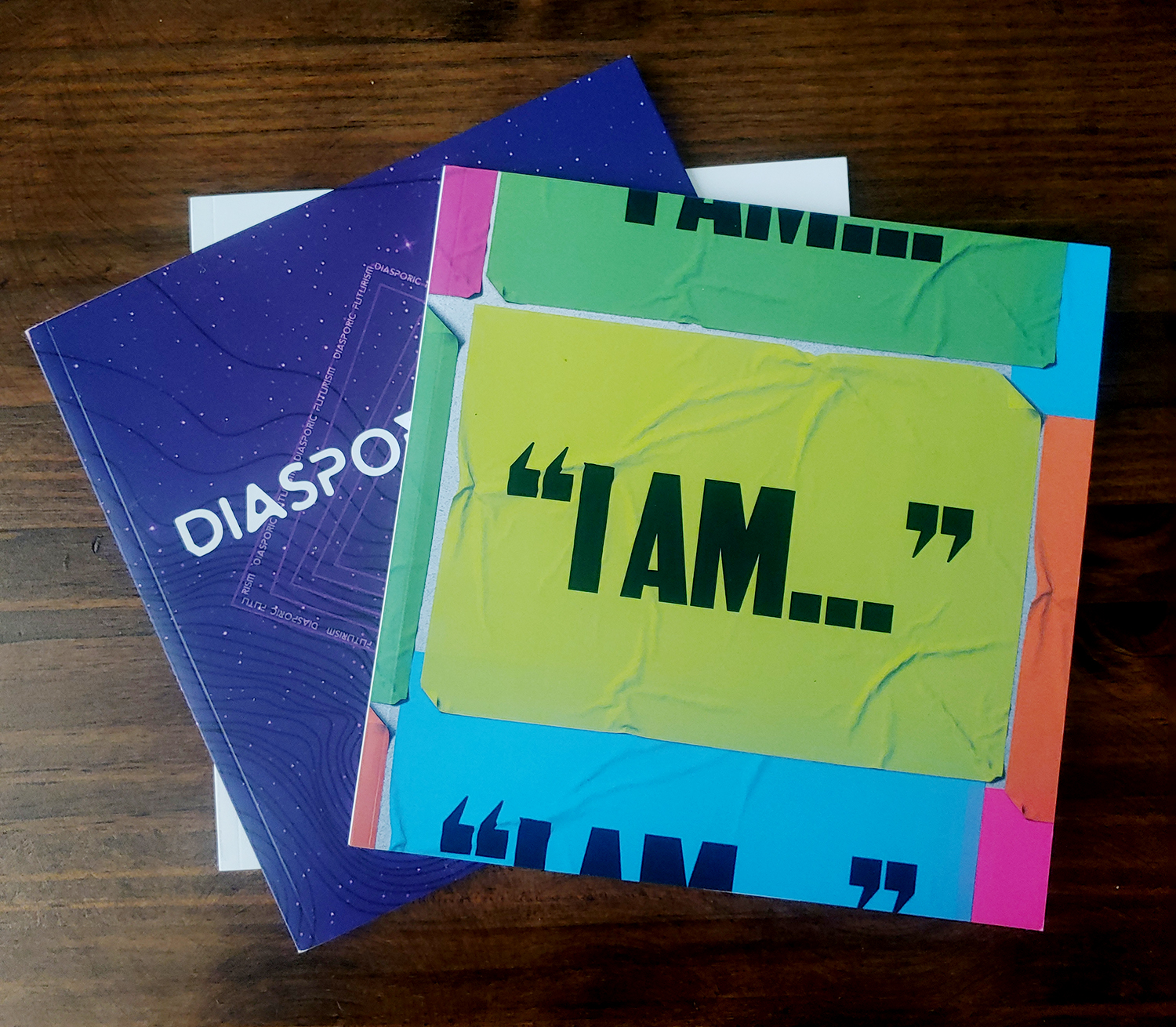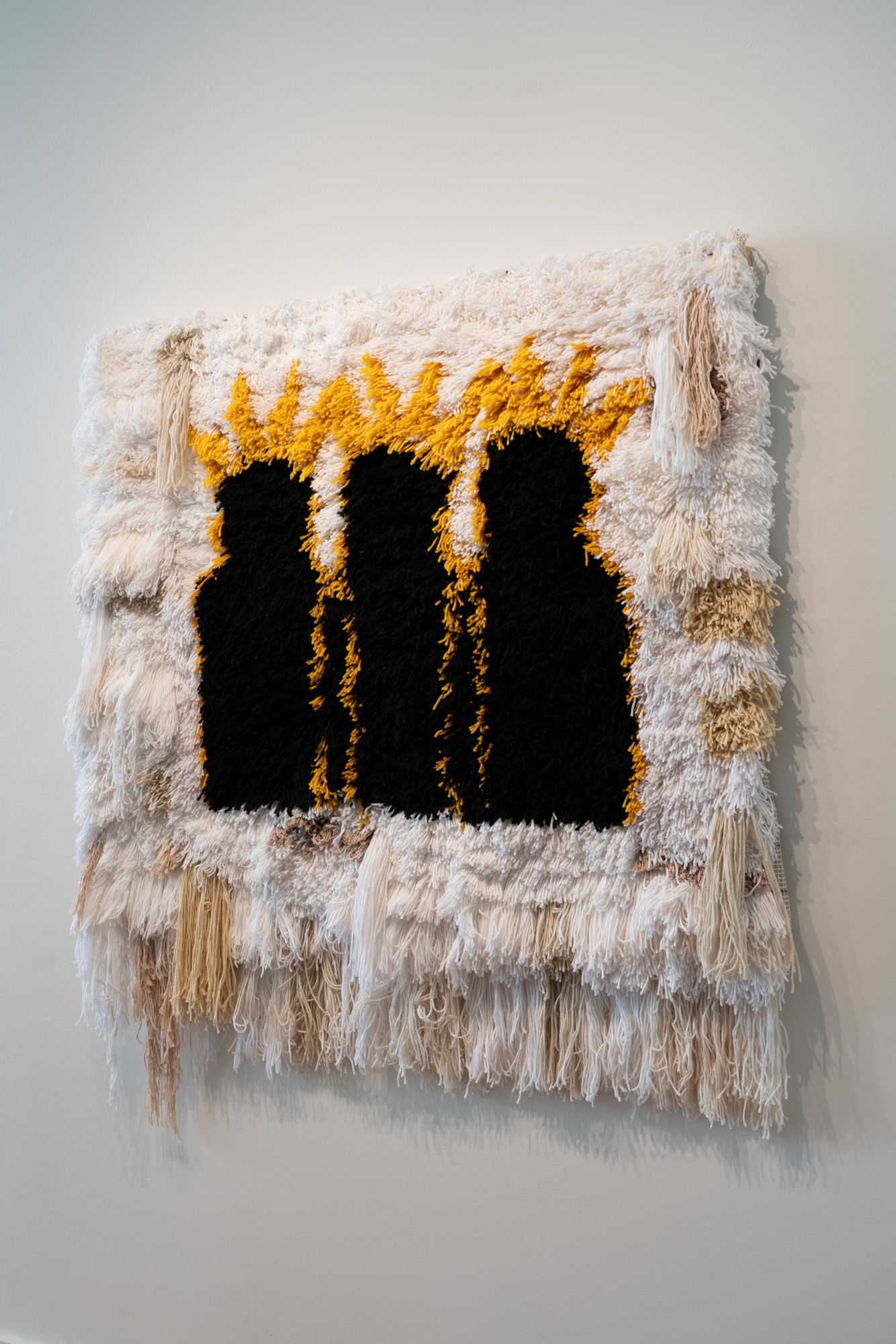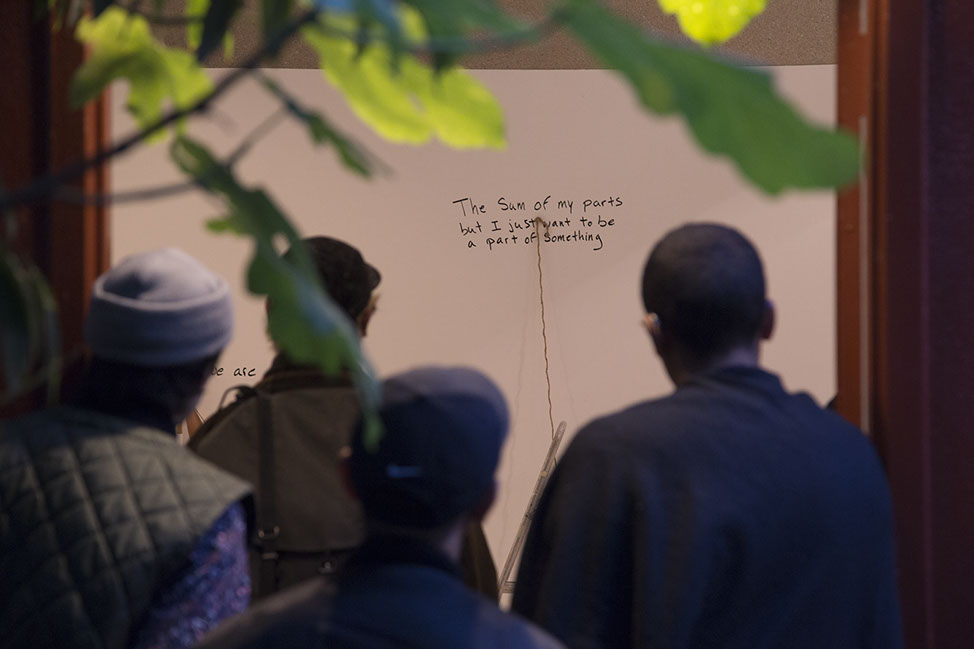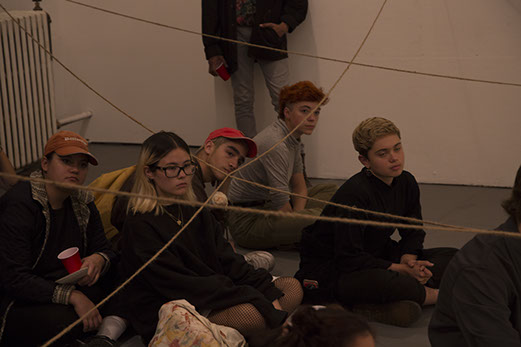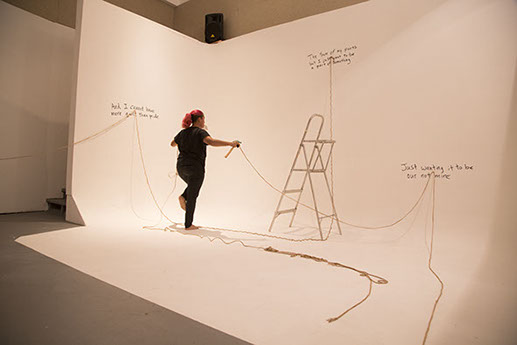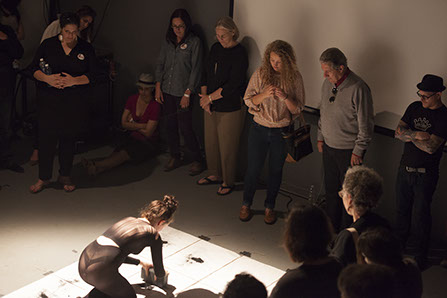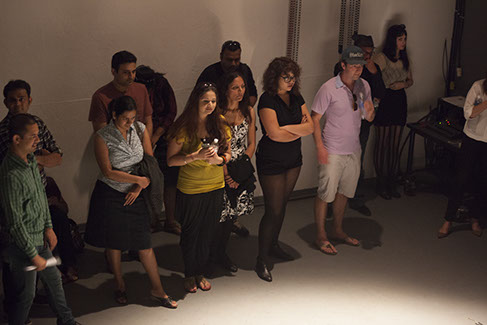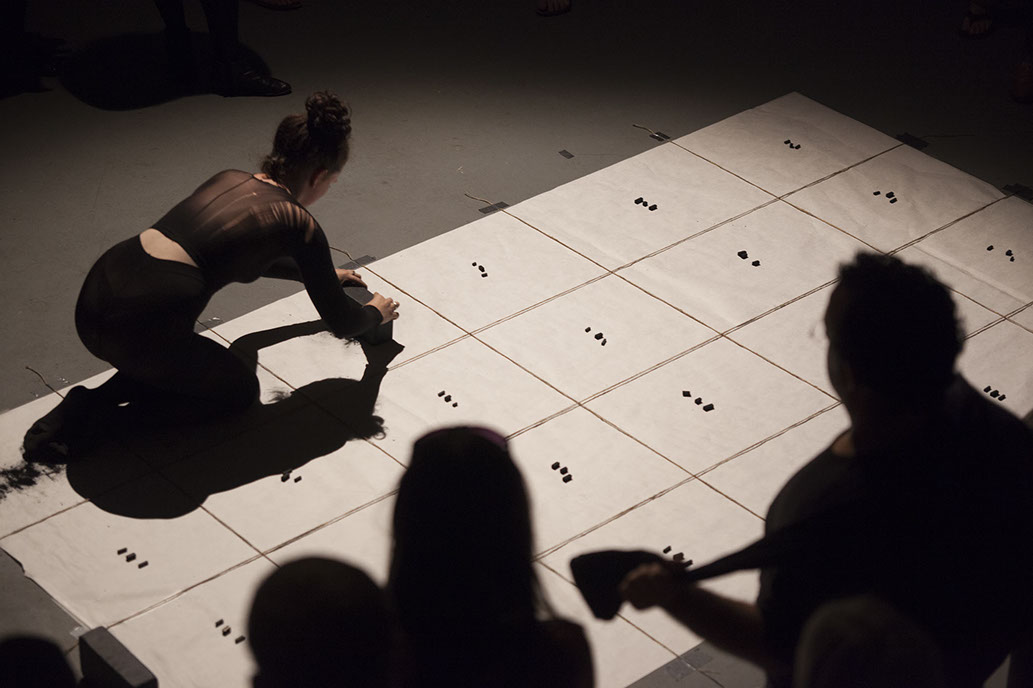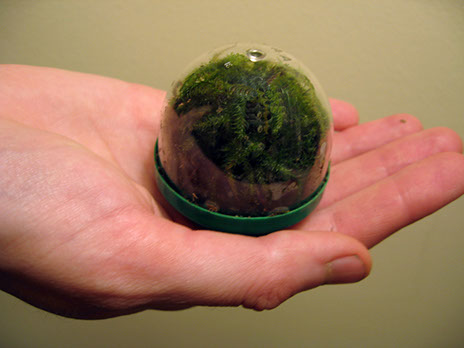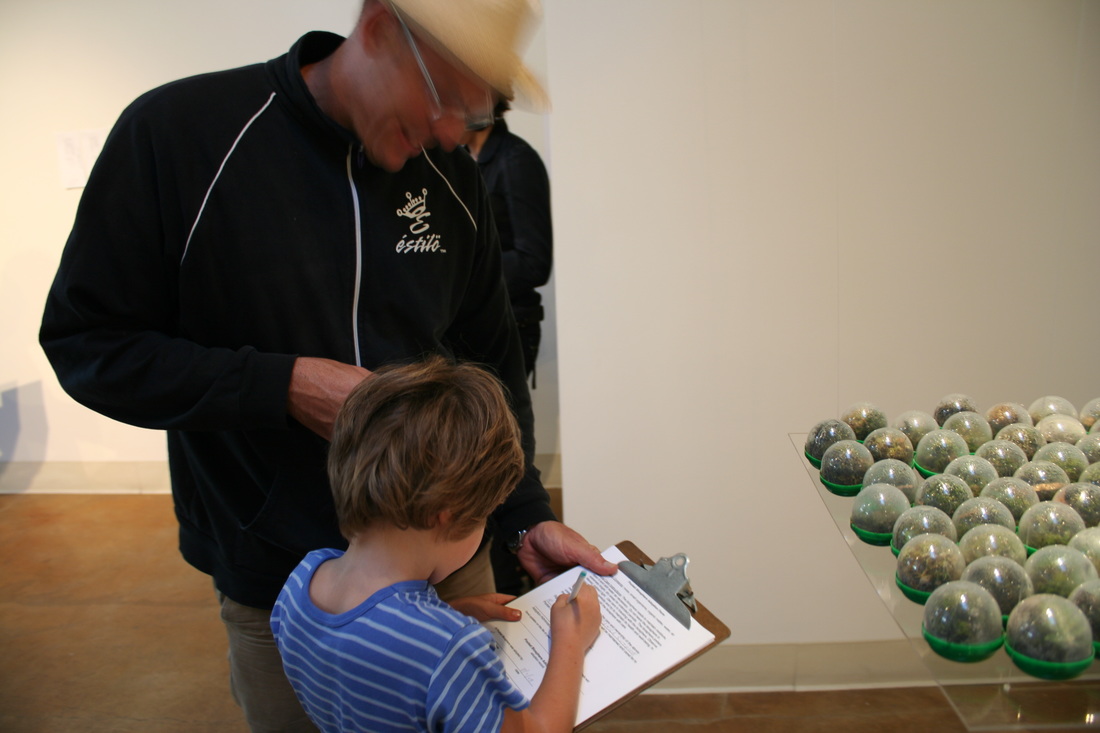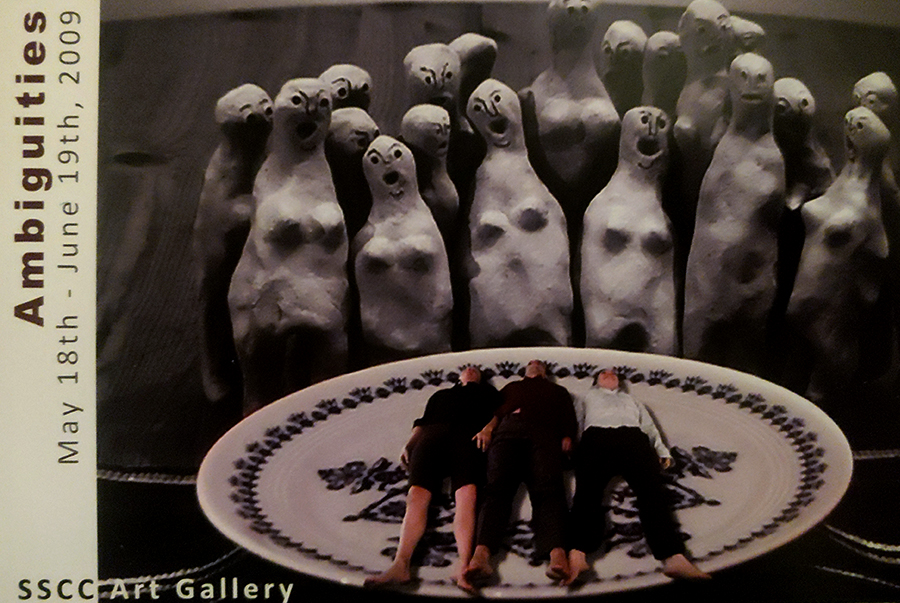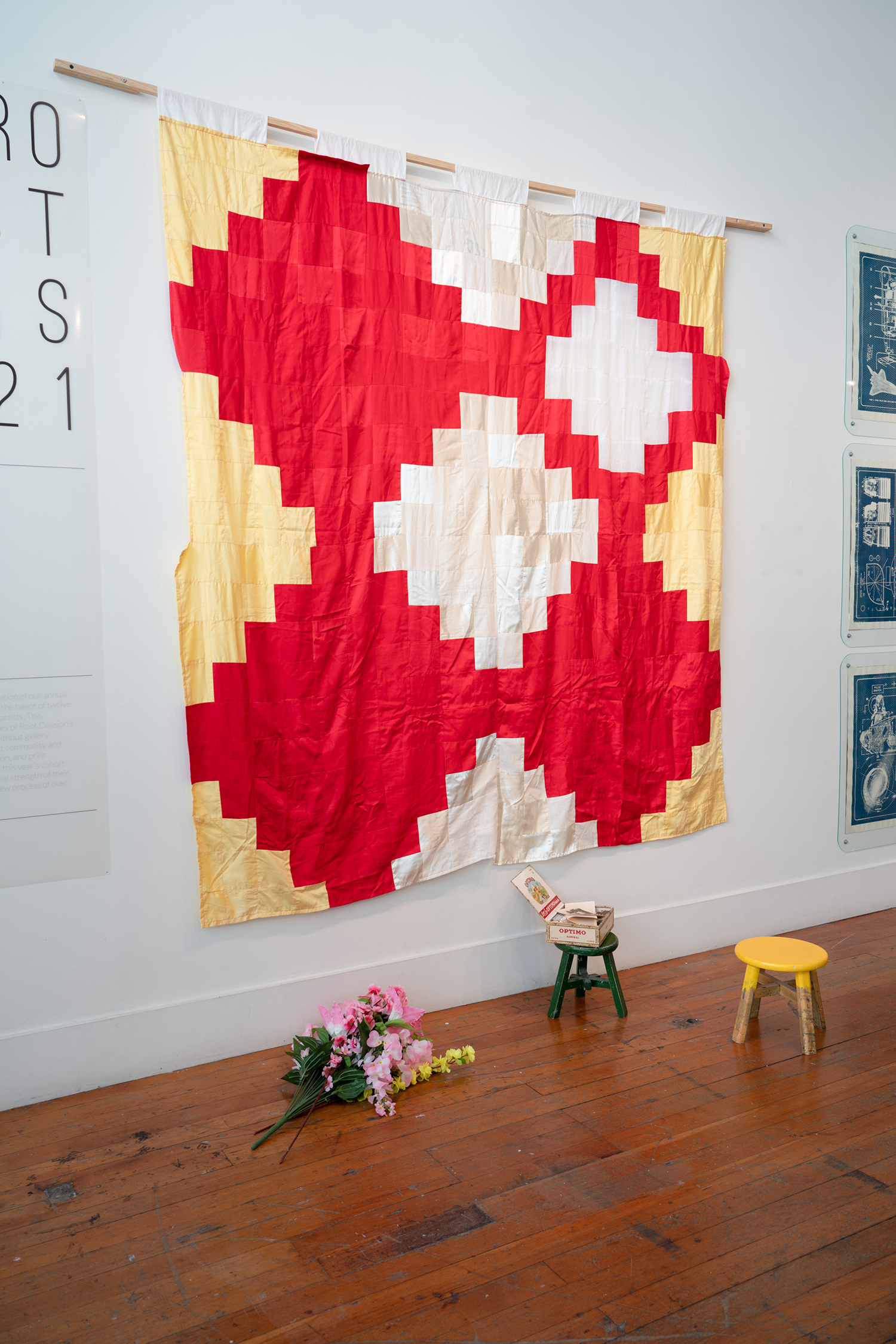
I have 13 years of nonprofit program management experience, seven of those years including fundraising support. I have managed 100+ events, and four unique teams and budgets, across six different nonprofit organizations, providing critical support for hundreds of artists, writers, and environmentalists shifting culture together.
In my work, I have developed dynamic new programs, steered curatorial and editorial direction, led marketing strategy, managed and developed annual budgets and strategic plans, co-managed fundraising and earned income initiatives, stewarded external partnerships, and managed high-volume submission processes.
My work raises the water table by …
- increasing programmatic relevance and trust within the communities served
- building community, grantor, and donor loyalty
- ensuring strategic, fiscal feasibility through effective budget management
- increasing annual budgets through effective proposals and reporting
- bringing in critical program dollars through fundraising events, VIP donor events, and earned income initiatives
In collaboration with high-functioning programs, my work brings clarity, bolsters creativity, and builds capacity.
Below are a selection of examples.
Paddle with the Salmon Event Management

As project manager and outreach lead of TRT’s Paddle with the Salmon awareness-driving event, I generated a 42% uptick in brand new participants, a story-rich earned media feature in KQED’s The California Report, and a staff team who reported feeling more supported and prepared for their role than during previous Paddles.
As a development event, Paddle with the Salmon takes a long game approach. It plants the seeds of organizational loyalty through shared experience and experiential river-centered education.
SOIL Artist Run Gallery Auction

As the Co-Chair of the 2008 SOIL Auction, my co-leadership contributed to a 50% income increase over the previous year.
I was responsible for co-organizing all aspects of a live auction event and VIP party, which featured work by 65 artists. I co-managed 18 artist members to fill all auction responsibilities from art selection to catering to installation and a live auction event plan.
Program Management at Root Division
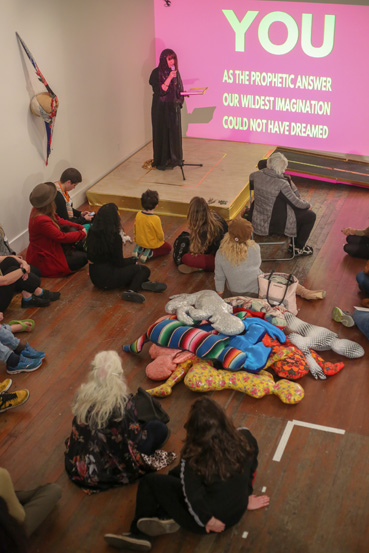
As the Arts Program Manager at Root Division, I managed a full suite of arts programming that included a monthly exhibition series, public artist talks, exhibition catalogues, communications strategy and content, curatorial mentorship, and co-leadership of an Art Gallery Advisory Committee.
Alongside programming that brought in grant and donor dollars, I managed two earned income programs: art and venue rentals, and I collaborated with the whole team to produce two annual fundraiser events. These all brought sustaining income streams into the organization.
I managed a team of 5+ interns and curatorial fellows and coordinated high-volume artist submission processes to produce 10-12 exhibitions and uplift the creative practices of 200+ diverse emerging artists annually.
Anna Talhami (above) performing in Reflections on Exile
An organizational challenge:
The pandemic started and shut down in-person programming—our main income driver. The social justice uprisings of 2020 sent shockwaves through our diverse cultural community.
My program development goals:
Continue to facilitate and develop robust arts programming online and in small, socially distanced groups to grow local and regional relevance, while offering career opportunities to emerging artists and curators, especially BIPOC culture-makers.
Top: Afatasi the Artist, Eseosa Edibiri, Jess Young, Whitney Humphreys, & Ariella Robinson
Bottom: Yuki Maruyama & Bijan Bucket
Collaborative Response Strategies:
I kept typical programs rolling by creating web galleries, leading online programming, and offering small-audience events. I sought responsive wisdom from regional culture-makers on the Art Gallery Advisory Committee.
I collaborated with the whole staff team as we pivoted our fundraisers into the digital sphere. I continued to develop donor relationships by leading VIP gallery tours and artist talks.
I worked alongside the Executive Director to support and manage a new paid Curatorial Fellowship program for BIPOC curators.
Returns:
Grant income remained stable due to our commitment to continued programming, and our high-functioning team collaboratively sustained year-over-year fundraising goals, even when programming moved online.
Together, we increased opportunities for Black culture-makers, which built continued trust and organizational relevance with our audiences, community members, grantors, and donors.
Left: “I AM…” exhibition catalogue designed by Phi Tran, curated by Adrianne Ramsey
Right: Eseosa Edebiri
Program Management at San Francisco Art Institute
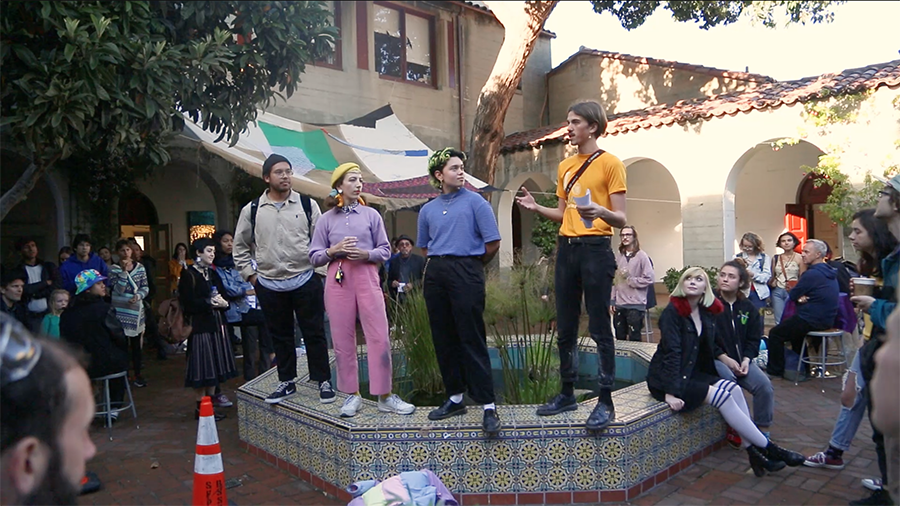
As the New Genres Studio Manager at the San Francisco Art Institute, I managed and developed budgets, provided departmental communications, managed events and exhibitions, led student trainings and departmental meetings, managed a team of five student staff, and provided day-to-day studio support for 100+ art students and 10-13 faculty per semester.
Student organizers share opening remarks which are followed by a social performance called Conversational Café in the campus courtyard during a New Genres Salon opening in 2018.
An organizational challenge:
I worked creatively with New Genres faculty, administrative directors, and students to develop an arts department in a time without studios—departmental studios were indefinitely shuttered just before my start in the role due to harmful environmental damage (black mold).
My program development goals:
I sought to develop and manage new arts programs, opportunities, and resources for the student community in the absence of departmental studio spaces.
Various New Genres Salon Happenings and Performances
Photo credits: Kolby Rowland, Josh Band
Collaborative Response Strategies:
I conducted community listening sessions, departmental meetings, and collaborated with student groups and Faculty Chairs to develop and direct new programs and to increase the departmental budget. I collaboratively developed and managed new programs such as the New Genres Salon—a campus-wide festival of interdisciplinary art—a student radio station with associated live events, and off-site performances and exhibitions throughout San Francisco.
Returns:
I increased and stabilized the departmental budget by increasing student opportunities and writing effective budget proposals and reports. This community-centered approach boosted student and faculty morale and reinvigorated a positive departmental culture.
South Seattle Community College Art Gallery Gallery Management
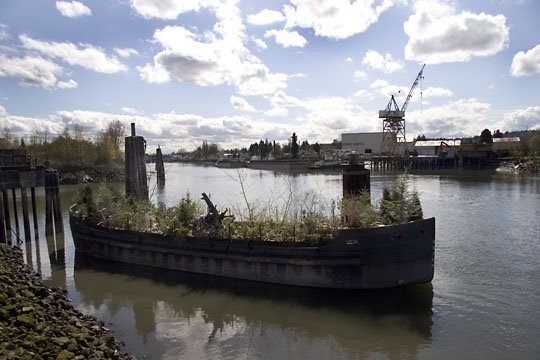
Working directly under the Dean of Student Life, I directed creative programs, curatorial vision, marketing, budget development, and administrative functions for the Art Gallery at South Seattle Community College.
I developed and implemented all curatorial programming, which included 8-10 gallery exhibitions/year, 3-5 live performances and artist talks/year, and served 50+ professional artists/year.
In my role, I also directed application juries, budget development, marketing and press campaigns, graphic/web design projects, and handled exhibition contracts, honorariums, and installation needs.
Sarah Kavage and Nicole Kistler’s Living Barge Project (above) was a social sculpture created with Duwamish tribal members which transformed a decommissioned barge, on Seattle’s polluted Duwamish River, into a native plant restoration garden. The Living Barge was situated a few minutes away from the college; photographic documentation was shared in the show.
An Organizational Challenge: Over its many years, the SSCC Art Gallery typically had low attendance. As a busy commuter campus with a diverse and working-class campus community, many community members didn’t necessarily see art as for them.
My Program Development Goals: I sought to develop new outreach, partnership, and inclusion initiatives to connect Art Gallery programs with the interests and lived experiences of a diverse and busy campus community.
Top: Vaughn Bell’s Personal Pocket Biosphere Adoptions encouraged care-taking and personal relationships with the Pacific Northwest’s most ubiquitous regional flora: Moss. Bottom: John Feodorov’s solo show, Ambiguities, explored the relationship between the sacred and the profane from a contemporary Indigenous perspective.
Collaborative Response Strategies: I brought artist talks directly into the classroom through curriculum-level collaboration with faculty; I brought students directly into the gallery by inviting student clubs to create culturally-relevant programming; I curated and presented programming that featured popular and community-relevant forms of creative expression (ie/sewing, movies, hip hop workshops, and creative Indigenous expression.)
Returns: With increased community relevance, I was able to successfully make a case for increased Art Gallery budget. I achieved this through effective advocacy in monthly budget and program reports and persuasive annual budget proposals. Increased student attendance and active student club participation at Art Gallery events.
Signal Fire Capacity Development
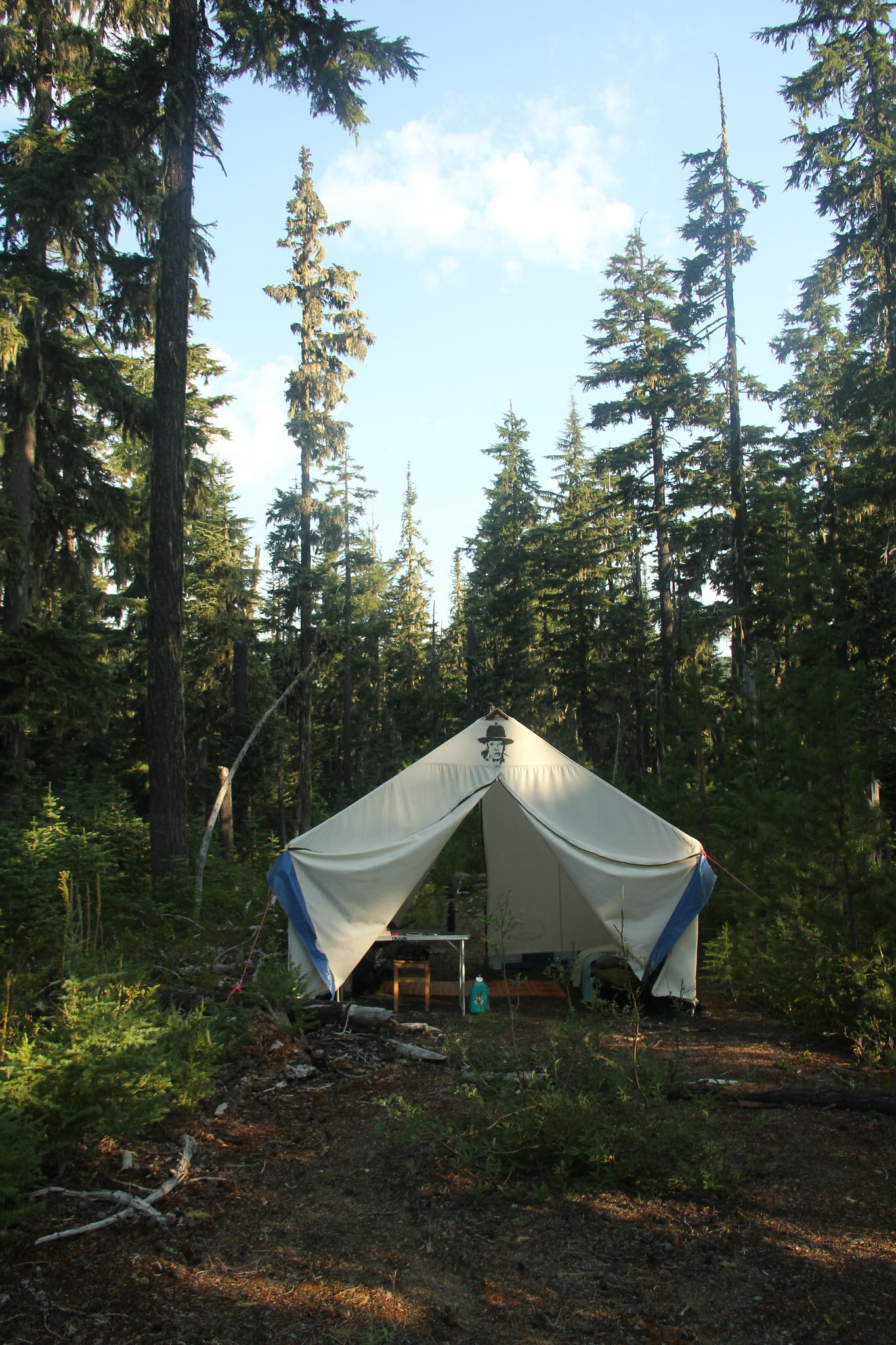
I worked with Signal Fire on a short-term contract, stepping in to provide program development capacity during a moment of organizational transition, programmatic pause, and prolonged pandemic-era fiscal strain.
I tracked monthly donations, produced donor thank you letters and yearly tax receipts, managed the CRM, conducted research and relationship building with foundations, wrote grants and reports, and led a SWOT analysis to steer a strategic planning process.
